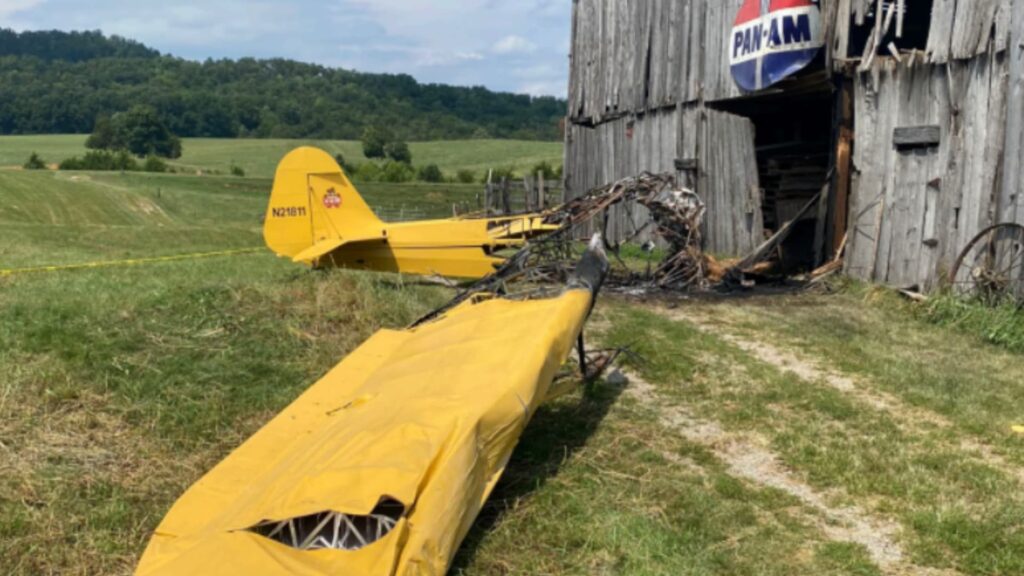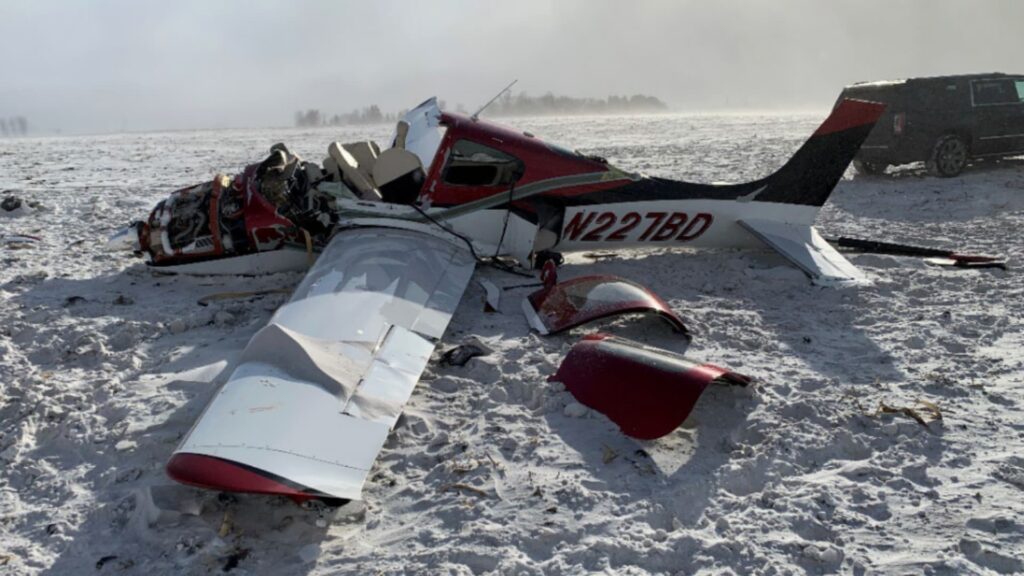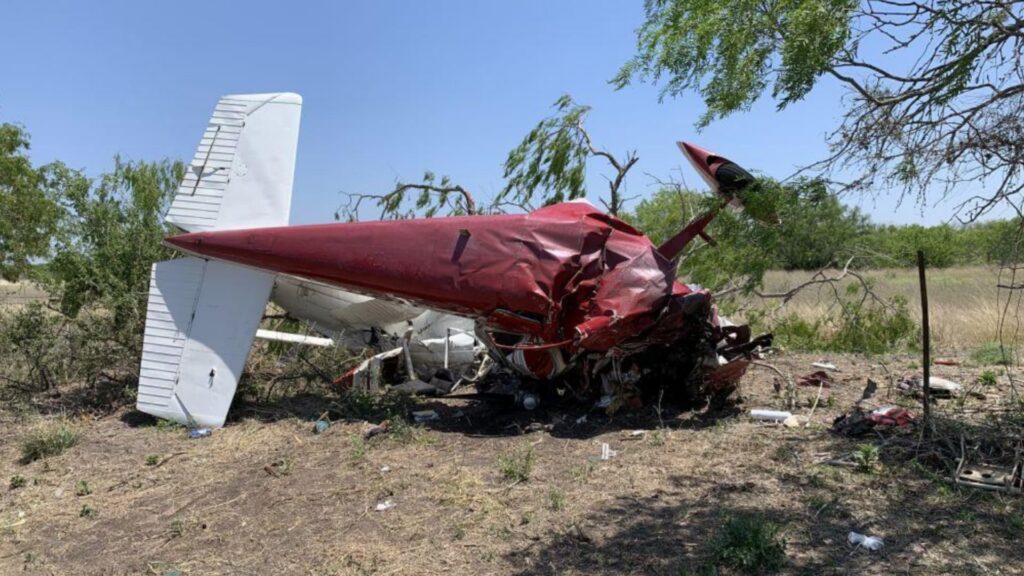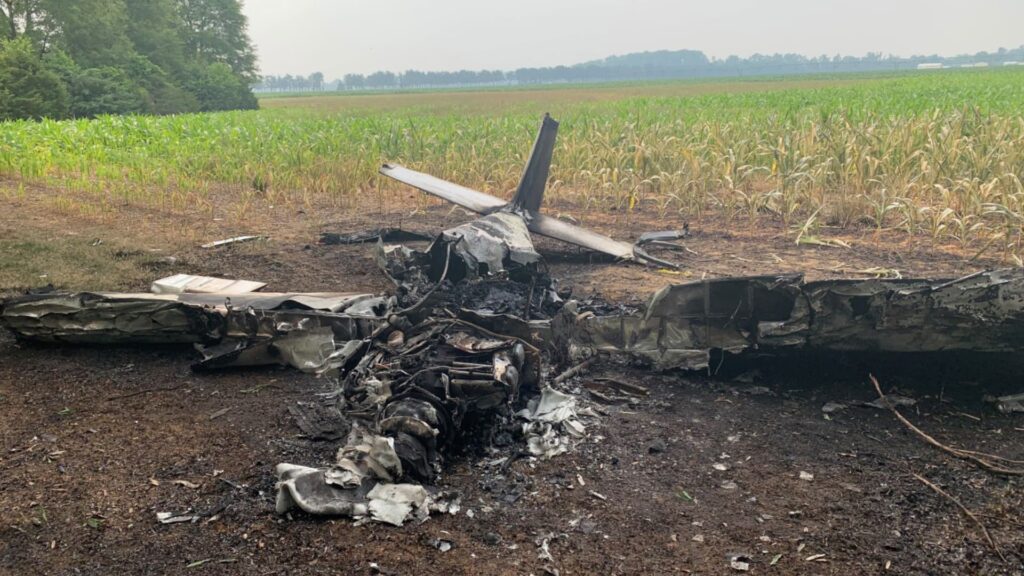On a quiet summer morning in Mooresburg, Tennessee, the stillness of dawn was broken by the low hum of a vintage airplane. It was August 16, 2024, around 7:15 AM, when a Piper J3 Cub—an aircraft steeped in aviation nostalgia—lifted off from a private airstrip and into the early light. Its familiar yellow silhouette was a comforting sight to those who knew it. But that comfort was shattered just minutes later when the aircraft collided with a barn near the same airstrip, erupting into a postimpact fire. The pilot, the sole occupant, did not survive.
This wasn’t a tragic accident brought on by weather, mechanical failure, or pilot error in the traditional sense. The investigation would later reveal a heartbreaking truth: this flight was a deliberate act. The pilot’s final flight was a planned and fatal one.
The Flight That Wasn’t Meant to Return
The Piper J3, built in 1938, is a two-seater tailwheel aircraft known for its simplicity and charm. On this morning, it became part of a darker story. Shortly after takeoff, the pilot circled over his property. There was no distress call, no erratic behavior reported by witnesses—just a controlled, intentional descent into a barn adjacent to the airstrip.
The aircraft was substantially damaged on impact and consumed by fire shortly after. Despite the severity of the crash and fire, investigators were able to piece together the grim details. An autopsy performed by the William L. Jenkins Forensic Center concluded that the cause of death was blunt force trauma, and the manner of death was suicide.

An Unlicensed Pilot and a Quiet Descent
The pilot was a 60-year-old man with approximately 24 hours of total flight time—all of it in the same make and model, the Piper J3. He held no FAA pilot certificates and hadn’t had a medical examination since 1979. That examination, a third-class medical certificate, had long since expired.
In every respect, this flight was not legal under FAA regulations. No flight review. No valid medical certification. No licensure. The flight wasn’t about getting somewhere. It was about making a statement—one that came with irreversible consequences.
Clear Skies, Clouded Intentions
Weather conditions were ideal. Visibility extended nine miles with no clouds and calm winds. The skies weren’t to blame. The aircraft itself, while old, showed no signs of mechanical failure. No emergency was declared. Everything about the crash pointed to control and intention.
The NTSB’s final determination cited “the pilot’s intentional flight into a building as an act of suicide” as the probable cause.
Reflections on a Quiet Crisis
This incident serves as a solemn reminder that not all aviation tragedies stem from technical errors or lapses in judgment during flight. Sometimes, they arise from quiet personal battles—ones that may remain hidden until it’s too late.
In the world of aviation safety, we often focus on systems, checklists, and procedures. Yet, this report is a stark illustration that mental health, though often less visible, can be just as critical to safe flying as any preflight inspection.
There are no warnings in the report of erratic behavior or distress signals prior to the flight. This underscores a recurring challenge in both general aviation and broader mental health advocacy: recognizing the signs and offering support before a crisis unfolds.

Final Thoughts
The Piper J3 Cub, a symbol of simple joy and early aviation adventure, became the final vehicle in a deeply personal and tragic story. While the NTSB rightly focuses on prevention and factual reporting, this event reminds us that aviation safety must also encompass the human element—especially the unseen emotional and psychological burdens pilots may carry.
To all aviators and aviation professionals: may we continue to foster a community where seeking help is encouraged, and where safety extends beyond the cockpit and into the lives of those who fly.









7 Comments
What of the other two fatalities?
I don’t want to be gruesome, but you listed 3 fatalities. Please tell me his suicide didn’t hurt others.
That “3” must be a typo. NTSB report only mentions the 1 fatal injury.
You clowns can’t figure out that this was a simple juxtaposition of a stenographer?
It was a J3 Cub.
The guy went out on his own terms.
Pretty simple.
I don’t think they’re necessarily clowns for checking up on it. After all, if nobody raises the probability of a typo, the author may not notice and correct it. I was hoping for more detail on how the NTSB realised it was suicide based on the plane crashing into a barn, however.
People always say things like “he went on his own terms” or “he died doing what he loved” when something like this happens. It can only be as a comfort to those left behind, if it does anything at all. Just because the victim loved flying or climbing 8k+ peaks doesn’t mean their idea of an ideal death was while participating in their favourite activity. Checking out on their own terms they may be; but in this example they also destroyed a much loved and valued old plane and did they check the barn was empty before flying into it?
Thank you! 🙂
Reminds me of the same incident in a 2003 movie,called Second Hand Lions